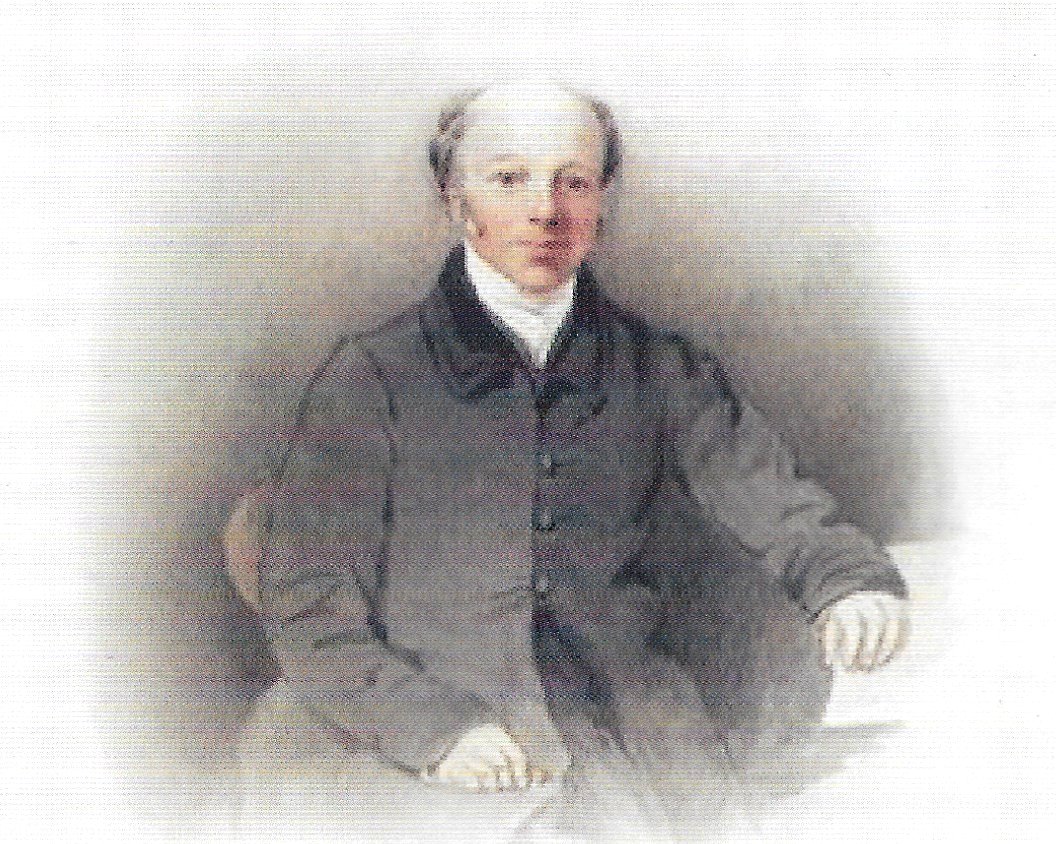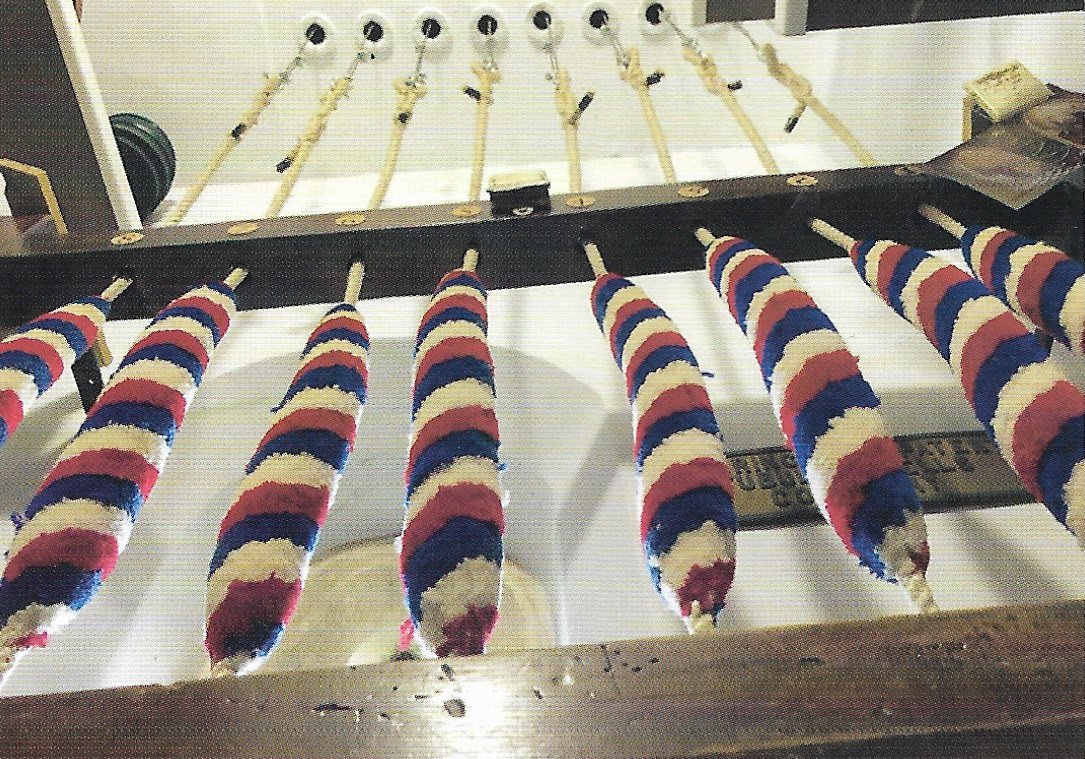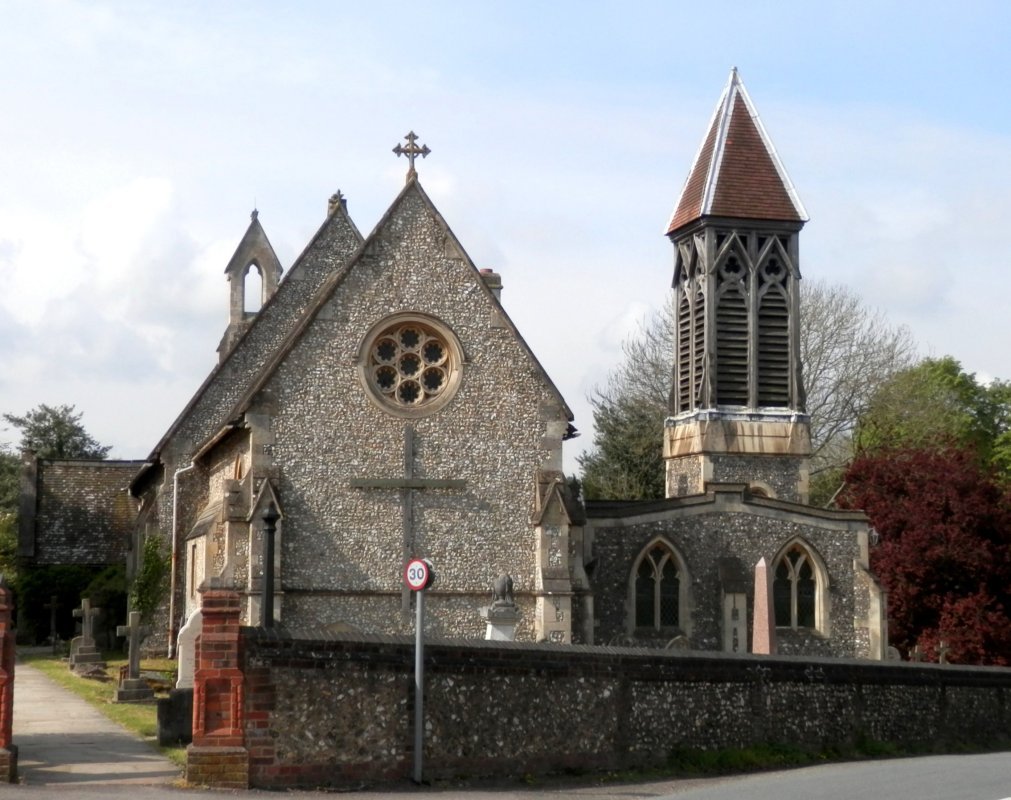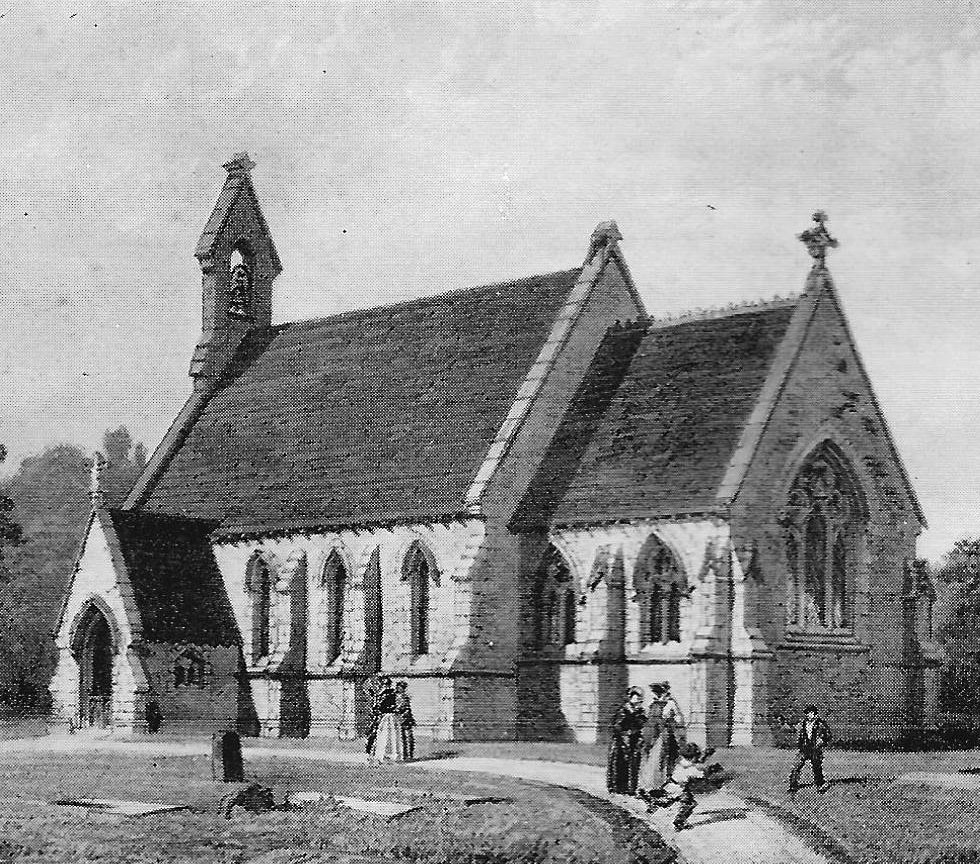You may be puzzled by the title of this article and even wonder where they are in the village, well right here in St Margarets, you will find Ellacombe chimes!
The story starts in 1817 at St. Mary’s church, Bitton, (located between Bristol and Bath), when Revd. Henry Thomas Ellacombe first arrived as curate. He immediately took a dim view of the bell ringers. He bemoaned that the ringers had the only key to the bell tower’s ringing chamber, and he was aghast that they should flout decent society and only enter the church after the service concluded, so that they might strike up a merry peal. Indeed, the bell ringers would ring whenever they wanted – for any reason and for any sum of money.
 Revd. Henry Thomas Ellacombe set to work at inventing his own bell ringing apparatus and in 1821 the first Ellacombe Chimes were installed. Unlike the traditional method of change ringing, where a single person is assigned to each bell and the bells are swung to connect with the clapper. Ellacombe chimes are “hung dead” (remain static) and the hammer moves to strike the fixed bell. Taut ropes are pulled by one person in the same permutations of change ringing, removing the need for change ringers. Success at last, he mused. Rev. Ellacombe would finally gain control of the bell ringing – and the keys to the bell tower.
Revd. Henry Thomas Ellacombe set to work at inventing his own bell ringing apparatus and in 1821 the first Ellacombe Chimes were installed. Unlike the traditional method of change ringing, where a single person is assigned to each bell and the bells are swung to connect with the clapper. Ellacombe chimes are “hung dead” (remain static) and the hammer moves to strike the fixed bell. Taut ropes are pulled by one person in the same permutations of change ringing, removing the need for change ringers. Success at last, he mused. Rev. Ellacombe would finally gain control of the bell ringing – and the keys to the bell tower.
Around 400 of these mechanisms are still installed in English bell towers, with another three or four dozen sprinkled in countries as far as Canada and Australia.
The bell tower you see today at St Margarets was added to the existing church by the Second Sir Phillip Rose. Whilst there had been a single bell on the far end of the church, that called people to church (after the Rose family had entered) there was nothing more lavish. However on the death of the Second Sir Phillip Rose’s mother the Ellacombe bells were installed. “At my Mother’s death in 1889, my Brother Lancaster and I jointly erected to her memory the small independent tower with bell turret, containing eight tubular bells.”
For the observant of you in the village it may have been noted that the singular bell is missing, the bell turret on the far West end of St Margarets is now empty. In 1960 the single bell had to be removed as the swing of the bell was pulling the turret out of line. The bell did not go too far though and was re-homed at St Andrews, Hatters Lane.
Miles Green, St Margaret’s and Holy Trinity Penn Parish Newsletter, Easter 2023



